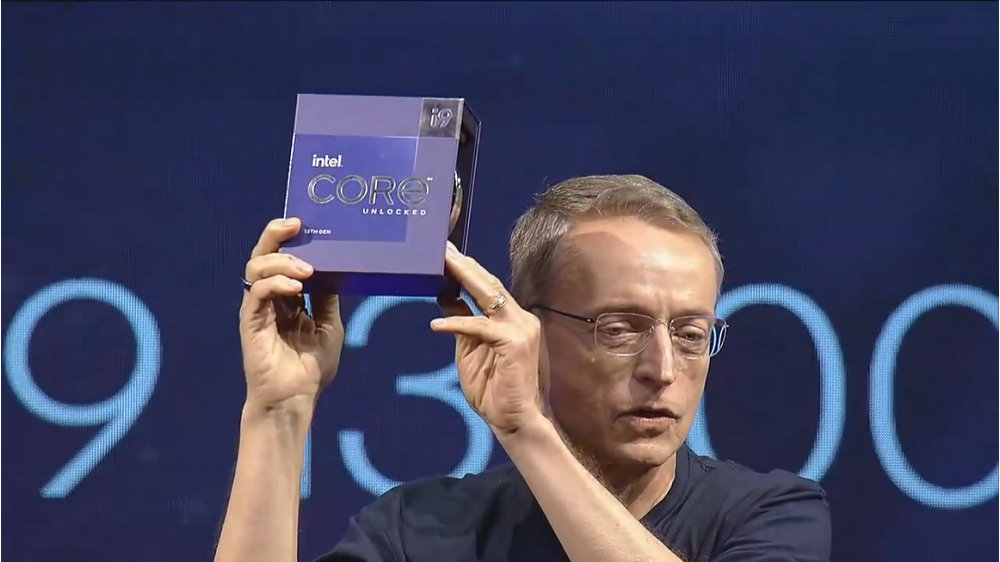到底是主機板廠的問題,還是 Intel 處理器自己本身的問題,其實…
Raptor Lake-S 與 Raptor Lake-S Refresh 平台的 Intel 13th 與14th Gen 桌上型處理器的問題,有著越鬧越大的趨勢,而現階段,我們只感覺到 Intel 將問題統統丟給了主機板廠,沒有懷疑過是自己處理器的問題。

換個角度來思考,13th 與 14th 屬同一架構,若真有問題,那應該早就爆發,而不是到現在才發生大規模問題,因為 Intel 認為主機板廠的 BIOS 設定過於激進,也不是沒有道理。
然而,Intel 透過 Baseline Profile 的做法,實際上也讓各主機板廠無法理解;後續 Intel Baseline Profile 會更名為 Intel Default Settings,但這是另一個故事,也沒有什麼影響,反正就是一個命名。
Intel® requests system and motherboard manufacturers to provide end users with a default BIOS profile that matches Intel®
recommended settings.
• Suggested profile name “Intel Default Settings”.
• Intel requests customers to implement the “Intel Default Settings” profile as the BIOS default profile by May 31, 2024.
Intel Default Settings 上線時間目前暫定是 2024 年 5 月 31 日。
現階段 Intel Baseline Profile 的作法是降低 PL 值。以 Intel Core i9-14900K 的 PL2 = 253W 來說,可以讓 Turbo Boost 達到 6.0GHz 的運行條件,但在套用 Intel Baseline Profile 之後,Intel Core i9-14900K 的 PL2 將設定在 188W,不論你是用哪一張 Intel Z790 晶片主機板(主機板廠:要我高階主機板何用),凡套用 Intel Baseline Profile 就是讓 Intel Core i9-14900K 的 PL2 = 188W。
比較好笑的是,Intel 建議裡面出現這樣一句話 -「For best performance use PL1 = 253W」。也就意味著,PL1 = PL2 = 253W,但非常抱歉,Intel Baseline Profile 將完全限制這些設定。
PBP(Processor Base Power)依舊維持在 125W,這部分沒有任何更動,而且我們也知道 CPU 根本不會在 125W 運行。
另一方面,依照 Intel 規範的 Performance 設定,Intel Core i9-14900K 的 PL2 = 253W 外,Iccmax 與 Iccmax.app 的最大數值分別是 307A 與 245A,但套用 Intel Baseline Profile 之後,最大數值下調至 249A 與 200A,相當大幅度的限制 Intel Core i9-14900K 處理器整體表現。
| Baseline | Performance | Extreme | |
|---|---|---|---|
| Processor Base Power | 125W | 125W | 125W |
| Iccmax | 249A | 307A | 400A |
| Iccmax.app | 200A | 245A | 320A |
| PL1 | 125W | 125W | 253W |
| PL2 | 188W | 253W | 253W |
| PL4 | 293W | 380W | 380W |
| iPL2 | 160A | 200A | 200A |
就如前面提到,Intel Z790 晶片主機板有高階、中階和入門級別,差異非常大,但在中階與高階部分,主機板廠在 CPU 供電模組的設計都採用高於 Intel 建議的設計,而這次 13th 與 14th 處理器因 Intel Baseline Profile 設定之後,除了讓「K」系列處理器貶低到與非「K」系列同一階外,也讓主機板廠的各階主機板形同虛設。
畢竟 Intel 給出的規劃除了 Performance 與 Baseline 外,還有一個 Extreme 設定。在 Extreme Profile 中,會有我們之前提到的 PL1 = PL2 = 253W 的設定,這也是為了高階主機板而設計,畢竟「K」系列處理器搭配高階主機板,可以獲得更佳的效能,是消費者心中所預期的事情之一。
Extreme Profile 中的 Iccmax 與 Iccmax.app 分別是 400A 與 320A。
在 Intel Baseline Profile 套用之後,Intel Core i9-14900K 的 Intel Thermal Velocity Boost Frequency 時間,也就是可以達到 6.0GHz 的時間會下降,整體來說會低於 3s;假設我們就以 3s 這個數字數字來看,Intel Core i9-14900K 的 Turbo Boost 就如同廢物般,無用。

套句台灣鄉民說的,Intel Baseline Profile 讓 Intel Core i9-14900K 變成三秒俠!
13th 與 14th 的 Intel Baseline Profile 實際上沒有阻止問題繼續發生,而是在掩蓋著問題。
我們與部分主機板廠的相關人士談話過程中也略知,各主機板廠實際上從 9th Gen(Coffee Lake)平台開始就導入 Extreme Profile,且也都安然無恙一直到 Raptor Lake 世代的 13th 與 14th Core 才爆發問題。

實際上,我們也知道各主機板廠對與高階主機板所開出的設定,都要較 Intel Extreme Profile 還要高。
同時,也有主機板廠對 Intel 所給出的指令不明確而苦惱(寶寶心裡苦,但寶寶只能幹在心裡),畢竟在第一線面對消費者的不是只有 Intel,而是主機板各區域從業員,且這些從業員都沒有辦法第一時間解決消費者所面對到的問題。
至於問題是否在 Intel 本身放寬了對市售處理器的驗收標準,這一點只能說是臆測,畢竟主機板廠手上的絕大部分處理器都非市售版,且大部分碰到問題都是市售版本,以至於主機板廠碰到反饋時顯得相當無力。
好在後續沒有 15th Gen 這樣的命名原則,透過全新的 Intel Core Ultra 2 系列(Arrow Lake-S),應該可以讓 Intel 藉此改命。
Intel 預計會在 5 月底前,對外發出正式的聲明,屆時再看看這家近期專注於 Foundry 的 x86 處理器龍頭會有什麼不一樣的說辭。